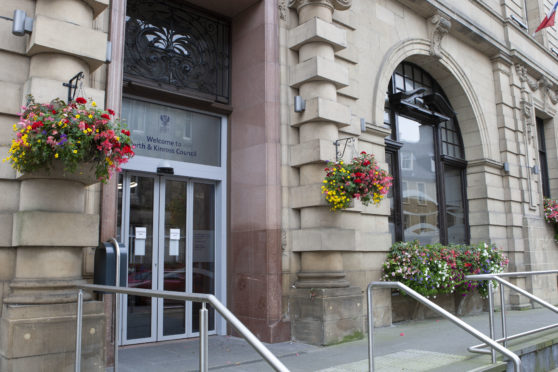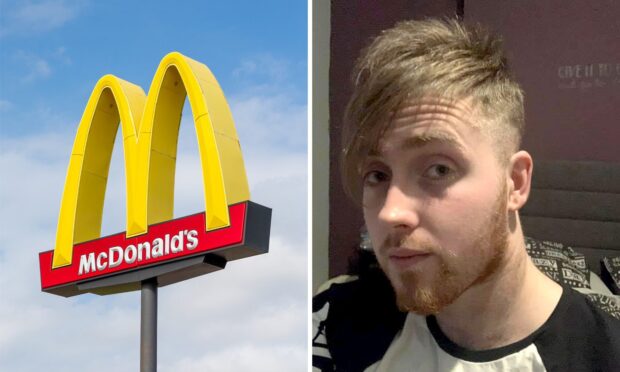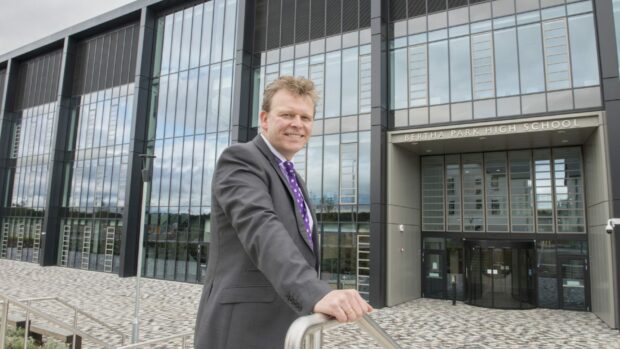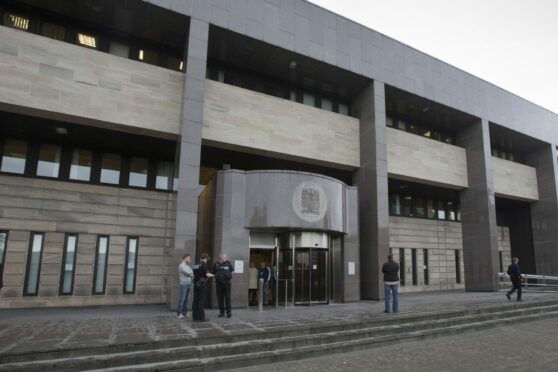The number of children in Perth and Kinross who needed to be removed from their parents’ homes has reached a five-year low.
This comes as the amount of children in the area requiring social work intervention has seen an overall rise during the same timeframe.
A response to a Freedom of Information (FOI) request submitted to Perth and Kinross Council outlined the figures for the years since 2014.
In 2014/15, 151 children had to be removed from their family homes, a figure that had dropped to 146 and 122 in 2015/16 and 2016/17 respectively.
By 2017/18, this had further declined to 109 children, with 94 children having been removed in the year 2018/19.
But despite staggered figures for children requiring social work intervention, there has been an overall rise since 2014.
In the year 2014/15, a total of 499 children in Perth and Kinross required intervention from a social worker.
By 2018/19, this figure had risen to 534 children requiring social work assistance.
A Perth and Kinross Council spokesperson said: “Within our services for children, young people and families, we are acutely aware of the increasing complexity of family life.
“Our social work services work tirelessly to avoid the escalation of concern which may result in the removal of a child from their family home, however when faced with a range of intractable problems it is essential no child is exposed to unnecessary risk.
“We are working closely with a large number of kinship carers to ensure that as many children as possible can remain within their families where it is safe to do so.”
The FOI response also highlighted it is younger children who most require social work involvement year on year.
In 2014/15, 235 children aged four and below received social work intervention compared to eight over 16-year-olds.
This trend continued each year, with 191 children below the age of four requiring intervention in 2018/19, compared to 10 over 16-year-olds in the same year.
An NSPCC Scotland spokesman highlighted the importance of considering cases on an individual basis.
He said: “It is crucial that social work is sufficiently resourced so it can effectively work with families to ensure children are safe.
“Decisions are made on a case by case basis, and the focus should always be in the child’s best interests, which can sometimes result in them being taken into care.
“At the NSPCC we are calling on the Scottish Government to invest more in early intervention, so that children and their families can be supported before crisis point has been reached.”










